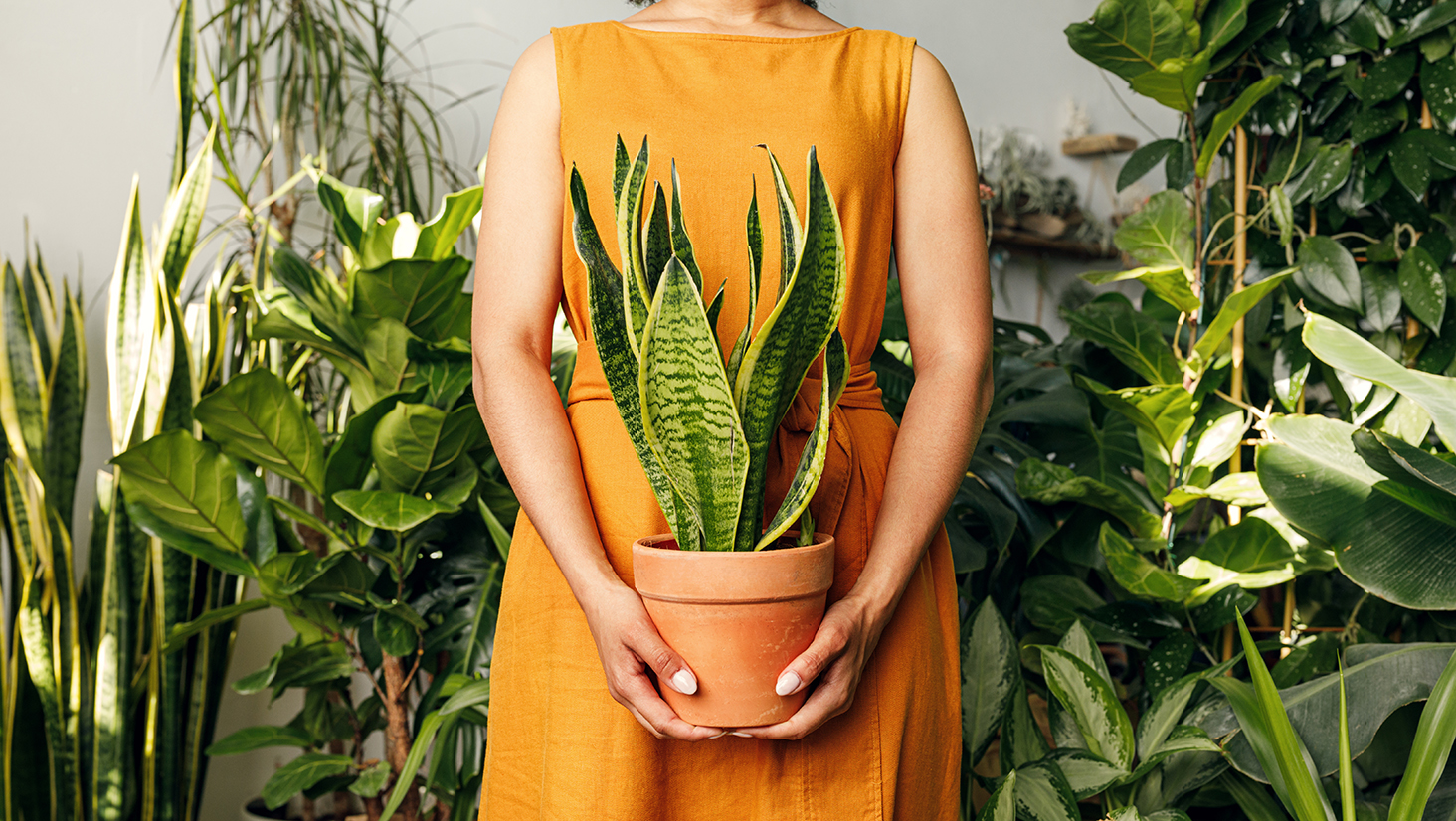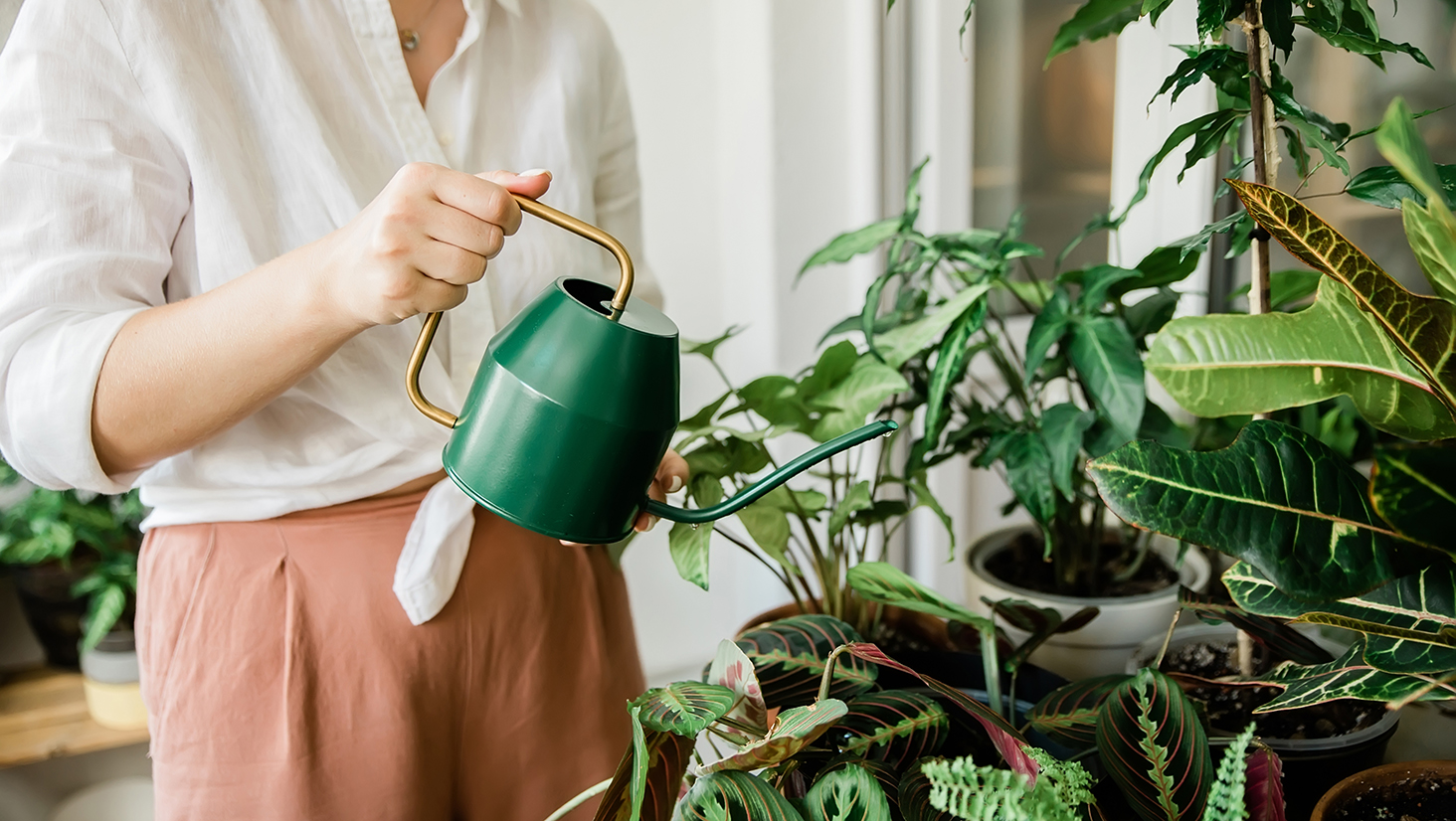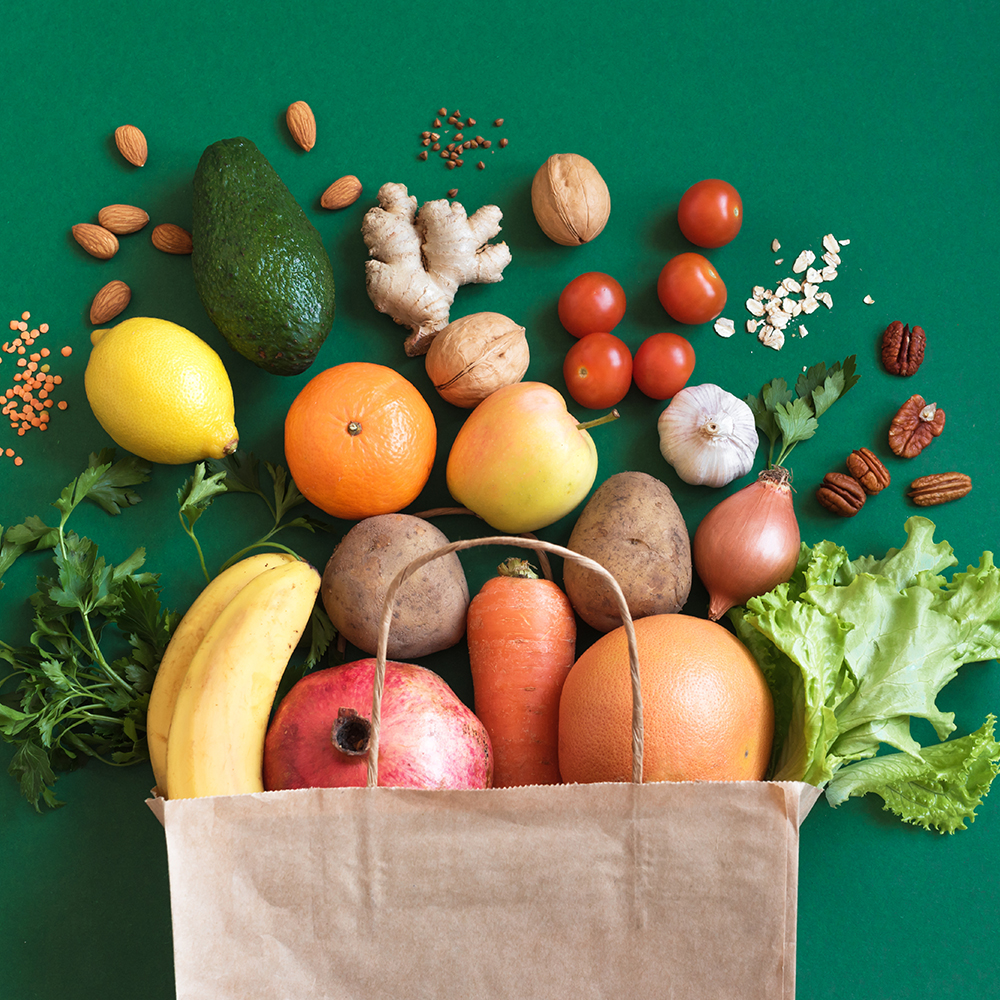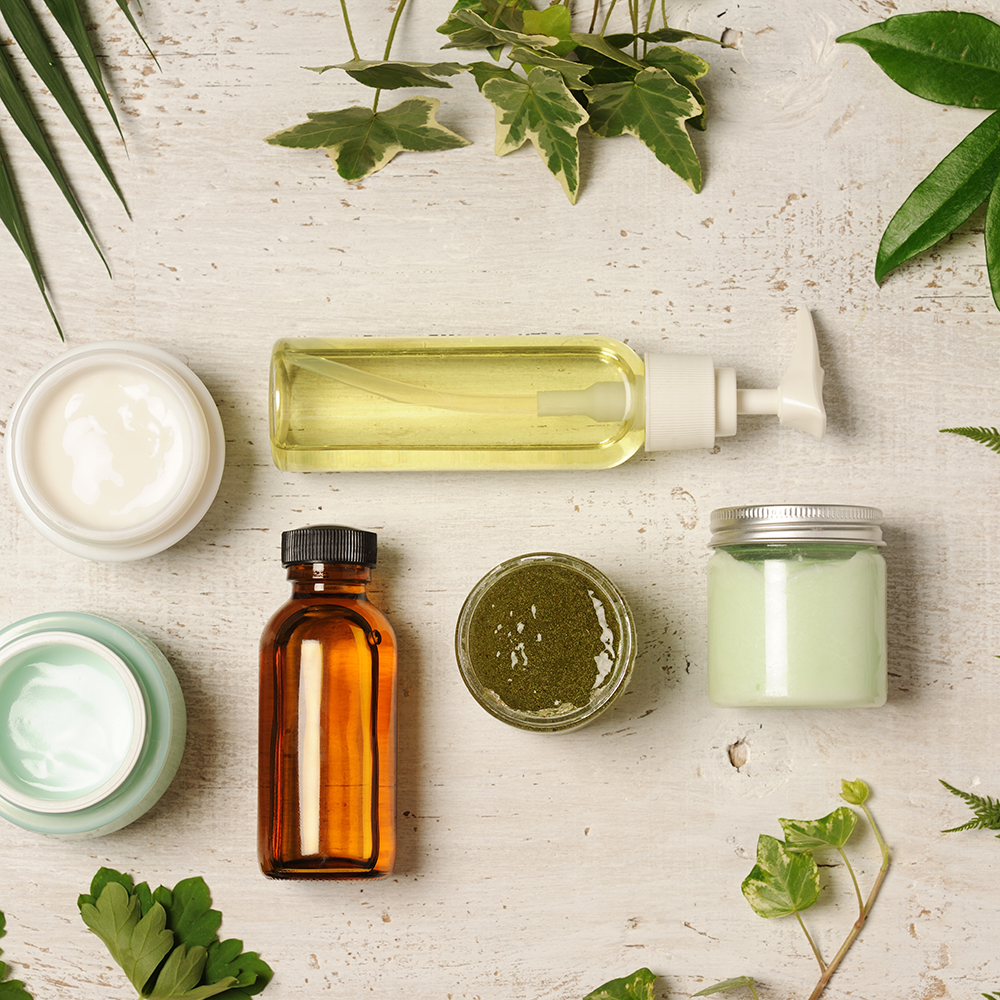
For thousands of years, the Aloe plant has been used for its beneficial and healing properties.
There are over 200 different aloe species that grow in areas of our planet where the climate is particularly arid or subtropical: Africa, America, Asia and Europe.
With origins dating back to more than 2000 BC, its existence was documented for the first time in a Sumerian clay tablet found in the areas of Mesopotamia.
Even the ancient Egyptians were among the first civilizations to discover the beneficial effects of aloe vera: Cleopatra herself applied the gel of this plant to her skin to keep it well hydrated.
What does aloe gel contain?
The fleshy leaves are the most precious element, from which the gel is obtained, which contains the vitamins A, C and E essential for the development and proper functioning of tissues and organs. Moreover, the plant is rich in minerals, including sulfur, calcium, zinc, magnesium, selenium and chromium, essential for producing the energy our bodies require. In addition to vitamins and minerals, aloe also contains lots of amino acids, fibers, sterols and a vast array of enzymes and polysaccharides, which have a lubricating effect on the muscles, nervous system, skin and joints.
Aloe is still used today to treat health-related problems. When applied to the skin, it offers great benefits and relief for scalds, burns, nettle plant rashes, insect bites, jellyfish or dermatological blemishes such as scars, wrinkles and stretch marks.
The secret to using it to with the greatest effectiveness is to carefully slice the leaf and apply the freshly extracted gel, leaving it to rest for several hours on the area to be treated. Conversely, using a small dosage and letting it absorb too quickly will not yield the same optimal results.
How to choose the perfect aloe plant?
The leaves should be 30 to 60 cm in length and have a dull green color. Plants of superior quality display thick and pulpy leaves, the most recommended variety is the one that does not have white spots.
Always select organically grown plants and, for the actual extraction of the gel, always take it directly from the fresh leaf rather than from a bottle.
It doesn’t take much to grow it!
Aloe likes to grow in well-drained clayey soils, it is advisable to use loam and sea sand in equal quantities. If placed in a vase, it should be watered down to the roots with minimum quantities of water, taking care not to allow the water to stagnate. For outdoor plants, take care to check and drain the saucer after heavy rains. Nevertheless, it is a very self-sufficient plant, especially if planted directly in the ground.
It is simple to grow and full of positive health properties. Remember that once the gel has been extracted from the leaf, it is best to keep it away from sources of direct light and stored at room temperature, not in the refrigerator!
Enjoy your aloe everyone!







